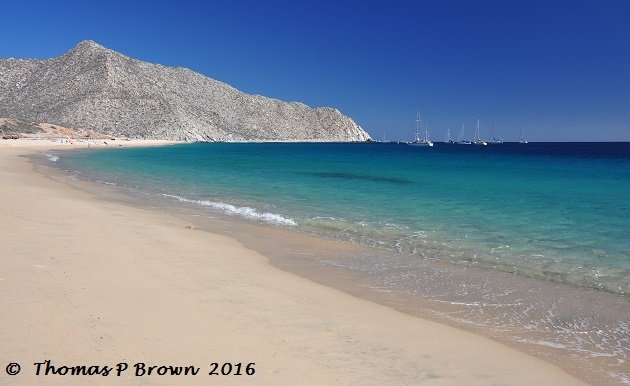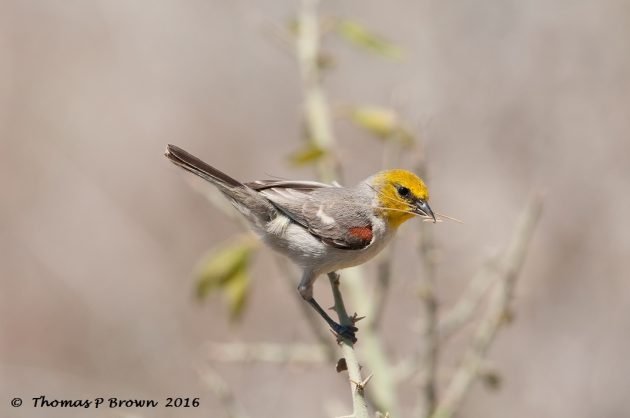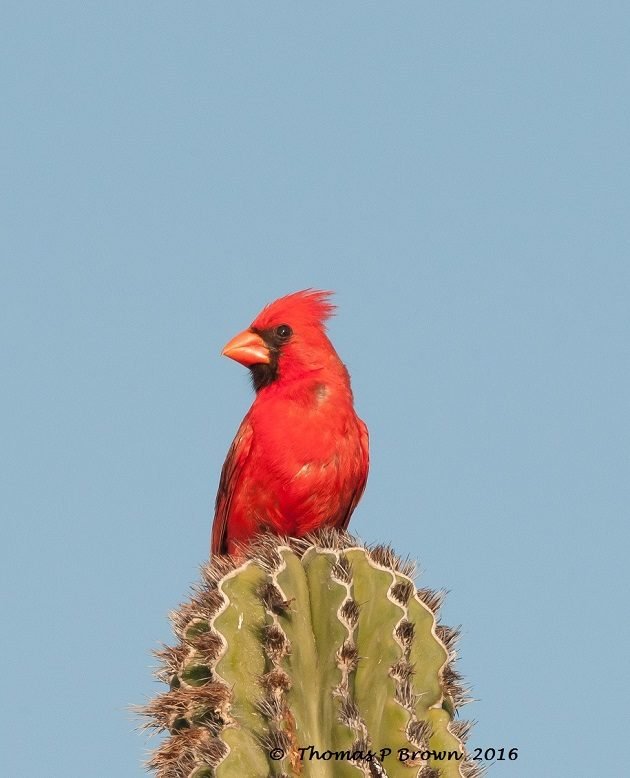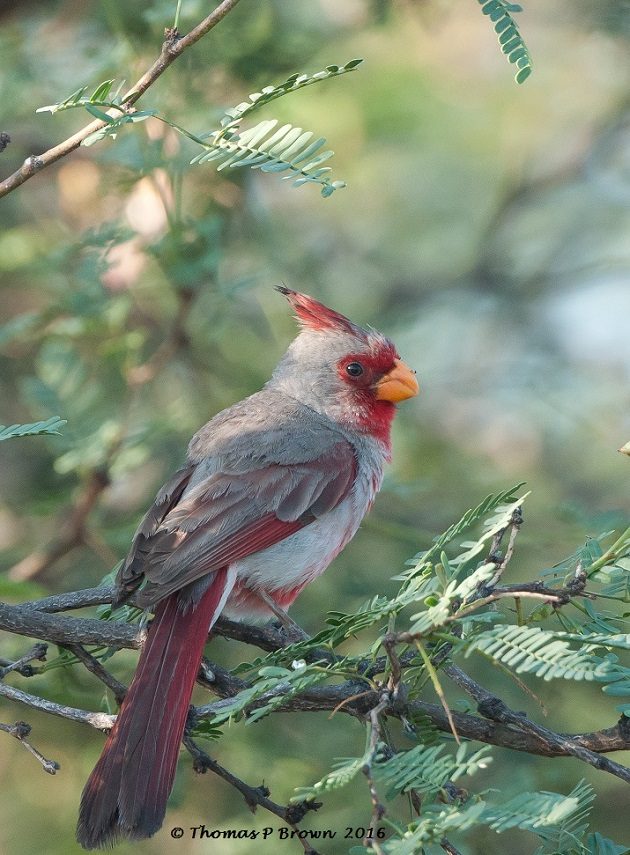
For the most of the visitors to Baja California Sur, the name Los Frailes means little or nothing. This is a completely different story for those of us that travel, and live on cruising boats. We are in search of the warm and sunny climate that Mexico has to offer. Each year several hundred boats leave the cold, dreary weather of Northern California, Oregon, Washington and British Columbia, and sail their way down the west coast. This long arduous run of up to 2000 miles, depending on where your start from, is marked by the first major turning point, Cabo San Lucas, or just “Cabo” to every college kid looking for a destination on spring break.
The next major turn, now back to the northward, is into the Sea of Cortez. The bulk of the boats will stop just before making this turn, in the little protected bay called Bahia Los Frailes. White sandy beaches, 80 degree waters with 30 foot visibility, now that’s what I am talking about. What most boaters are unaware of is the abundant number of bird species that call this area home, especially during the winter months. Virtually all of this beach is open to public access, as well as the arroyos that feed into the bay.
When we were at anchor here for the first time, I headed to shore, in search of the new group of Mexican birds that I had long dreamed of. As I landed my dinghy on the beach, I was immediately greeted by a pair of American Oystercatchers, wandering along the sandy beach. As I made my way inland, there were Verdin in the beach side brush. A pair of Crested Caracara were none to happy when I interrupted their scavenged meal. As I got father up into the arroyo, that was when the real fun started! Phainopeplas, Hooded Orioles, Scott’s Orioles, Gray Thrashers, Ladder-backed Woodpeckers, Gila Woodpeckers, all in amazing numbers!

Once I got up into the brushy area, with some native palms, there were Northern Cardinals, a few Black-headed Grosbeaks, House Finches and Western Scrub Jays. I was in Heaven. There was even a pair of Xanthus’s Hummingbirds, to give me two endemics on my first day ashore.

The icing on the cake was that day occurred just as I was heading back to the boat. Working my way thru some thick, thorny brush, there sitting together on a branch, was a pair of Pyrrhuloxia. I had read about these close relatives to the Cardinal, but never even had them on my birds to watch for list.

Nine Lifers, and two endemics on my first day birding on the baja. I just knew this was going to be fun!












What gorgeous photos! Thank you!
Thank you very much! Like I told Mike and Corey, I am a photographer first, and a writer third! I do appreciate your nice comments!
Tom
Hello:
I enjoy your photos greatly. I am interested in photographing the Xantus Hummingbird. Would you be able to give me some advice of where I might find them in large numbers (perhaps botanical garden, or somewhere feeders are maintained, private or public?), as well as the ideal time of year. Thank you in advance
Terry Lairmore, MD
Hello Terry, The time of year really does not matter, as they are a resident endemic. I live in La Paz, Mexico and while I am a semi-full time guide, I wiould be happy to put you in a place where you are sure to see Xanthus’s. Feel free to drop me an e-mail at focusonfeathers@hotmail.com and I will help you out.